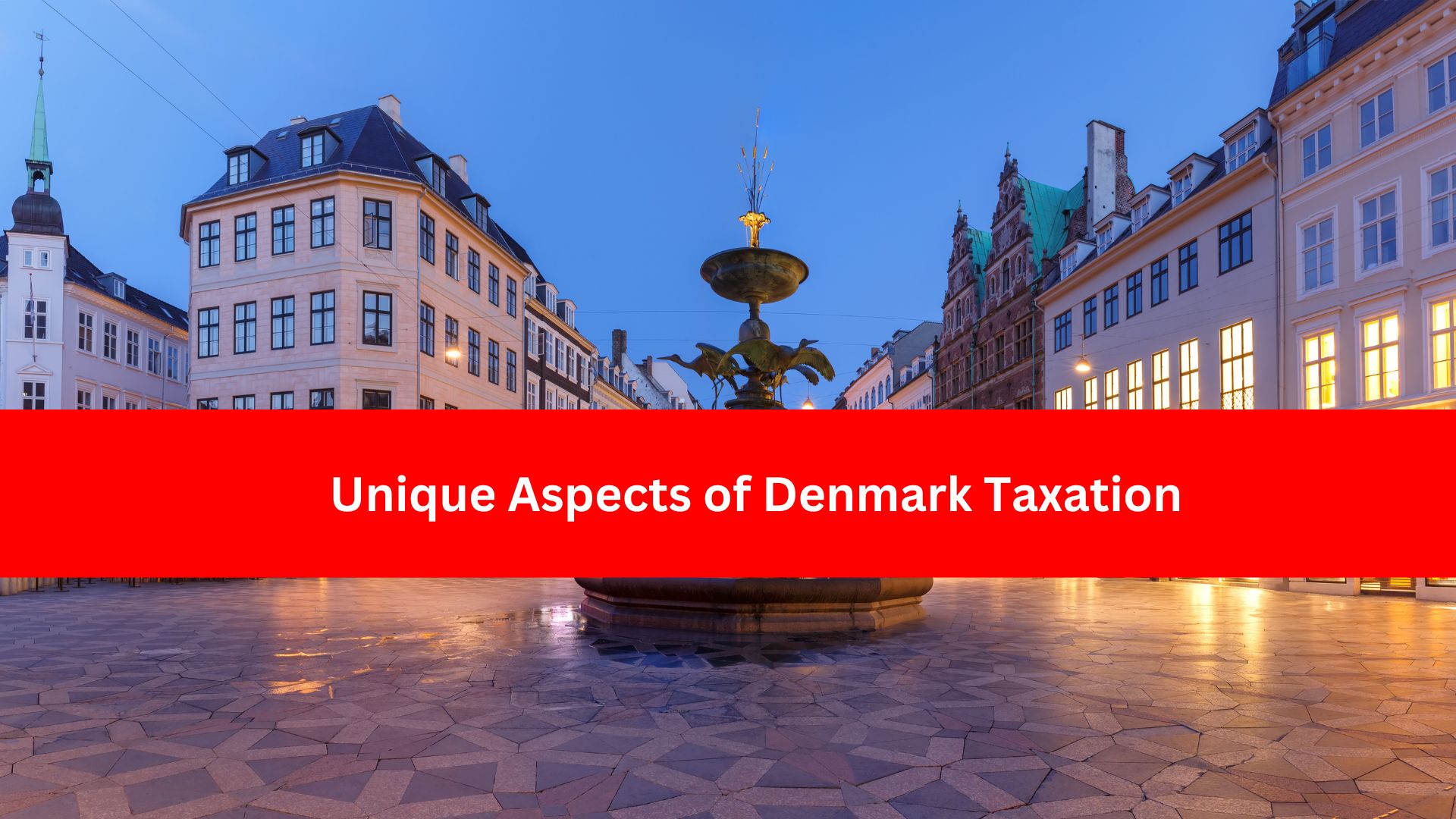Denmark, often heralded for its high quality of life and robust social welfare system, has one of the most talked-about tax systems in the world. Known for its high tax rates, the Danish tax system is integral to funding extensive public services which contribute to the welfare of its citizens. why do the Danes pay to much, and what do they get in return ?

Introduction to Danish Taxation Denmark stands out globally for its progressive and comprehensive tax system. This system supports a wide array of social services, reflecting the country’s commitment to welfare and equality.
Progressive Income Tax Rates Denmark’s income tax is notably progressive. This means that as individuals earn more, they pay a higher rate of tax on their income. This approach aims to balance wealth distribution across the society.
High Tax Rates, High Benefits One key feature of the Danish tax system is its relatively high tax rates. In return, citizens gain access to extensive public services, including healthcare, education, and social security.
Corporate Tax Insights In Denmark, corporations are subject to a fixed tax rate. This simplifies the tax process for businesses and provides a stable environment for corporate planning and investment.
VAT and Other Indirect Taxes:
The value tax in Denmark in applied uniformly to goods and services. This indirect tax is pivotal in generating revenue that supports public services.
Environmental Considerations Denmark integrates environmental goals into its taxation. Taxes on carbon emissions and other green taxes encourage sustainable practices among businesses and consumers alike.
Tax Administration and Efficiency :
The efficiency and transparency of the Denmark tax administration are well-known. Easy online access to manage their filings is provided to taxpayers by leveraging technology
Conclusion:
Denmark’s tax system, which is an instance of progressive policies, seeks for a sustainable and balanced society.






